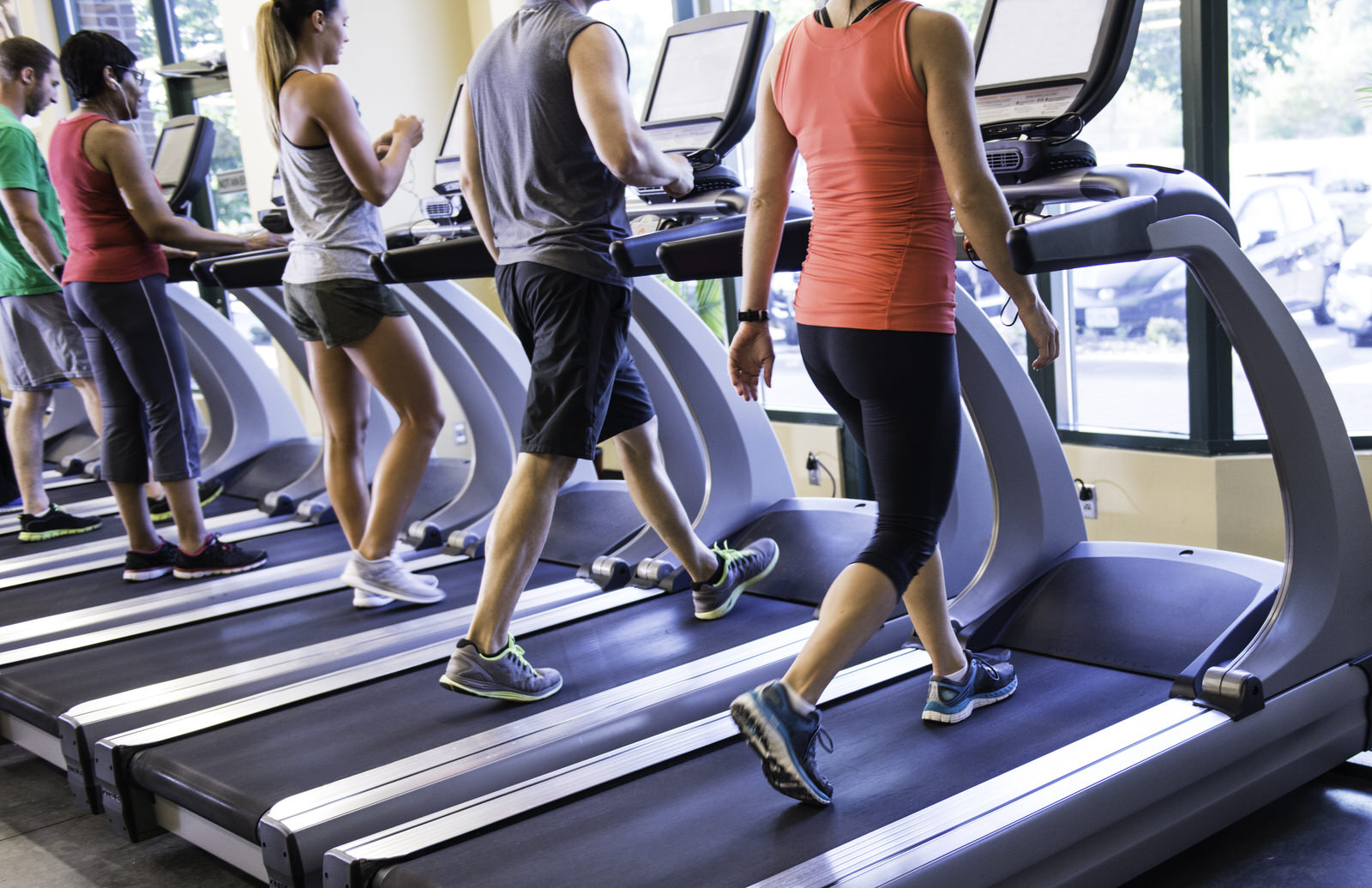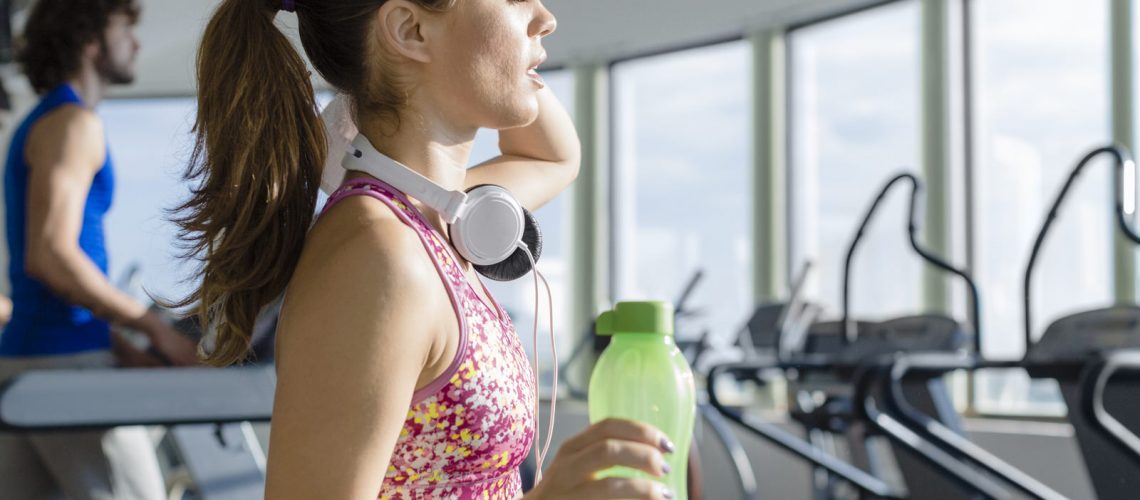Most people think that sweating is a wonderful way of proving your fitness level, of losing weight, and detoxifying. I was one of them, hooked on sweating. Years ago, when I used to work out, the more I sweated, the more proud I felt of my effort. If I overate or drank the previous night, sweating the next day seemed to be the solution to purify my body. Eventually, I understood that by eating clean and healthy I didn’t have to work those calories out or cleanse my body after eating unhealthy foods.

Many seek hot yoga classes for that very reason for they seem like the perfect combination of fitness and purification. But these classes invite injuries, because pushing a relaxed body can cause people to overdo and exceed their limitations. There are many other activities where the main goal is to endure stress, and it’s just a matter of time before injuries and imbalances set in. Athletes want to be powerful and skillful, not beat down their bodies. You must be wise in your pursuit of fitness so you don’t harm the body, but take it to peak performance level instead.
The truth is that sweating raises body temperature, creating more inflammation and, in the long run, loss of mobility in the joints. Your heart rate is higher and your endocrine system is taxed. If you sweat too much, you also throw off your electrolyte balance. Digestion shuts down, and because you’re in survival mode, the sympathetic nervous system takes over and the recovery doesn’t happen because the parasympathetic system cannot take effect. The mind slows and you feel sluggish.

Studies have shown that brief exposure to heat can be beneficial, but cold is even more rejuvenating and restoring. Mice whose core body temperature was lowered less than a degree lived 20% longer, and calorie restriction is theorized to be beneficial because it also lowers body temperature. Short bursts of stress—hot or cold temperatures—are beneficial because our bodies contain important genes that are only activated in these conditions. Mitochondrial function in the cells becomes more efficient. But as we age, these genes are activated less and less, and our bodies suffer. So brief periods in the sauna, followed by a longer cold plunge, help regulate and restore the body, opening those pathways. The process of tempering, increasing flexibility and strength by varying temperature this way, has been used for centuries in many cultures.

The tradition of using sweat lodges for the purpose of spiritual cleansing and healing is a positive example of using sweating creatively. Yet sitting in a gym sauna in a rain jacket and pants is not spiritual cleansing, it’s a misuse of the original practice.

Even though sweating is celebrated in our culture as a symbol of commitment, sincere effort, and toughness, for me sweat has deeper connotations of slavery, bodies abused and stretched to the limit. We have a choice in how we treat our bodies and whether to follow trends or listen to science and the wisdom within.
DEEPER CONTEMPLATION
It’s easier to heat a house than to cool it down—do the same principles apply to the body? Is it strange to think of sweat negatively? Is it possible to embrace the concept of “no sweat” in fitness? What has sweat meant in your own experience?
Leave your response below in the comments.


